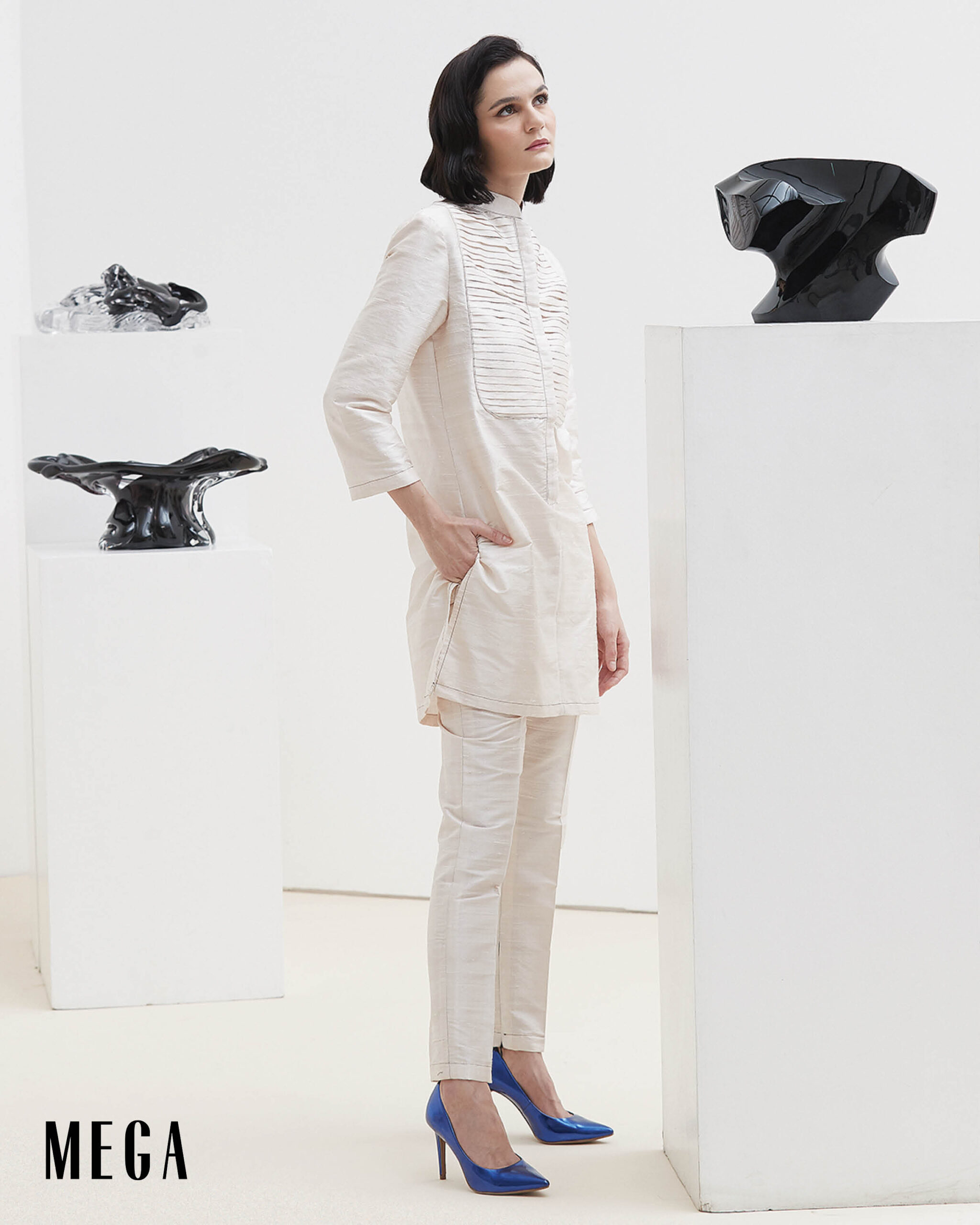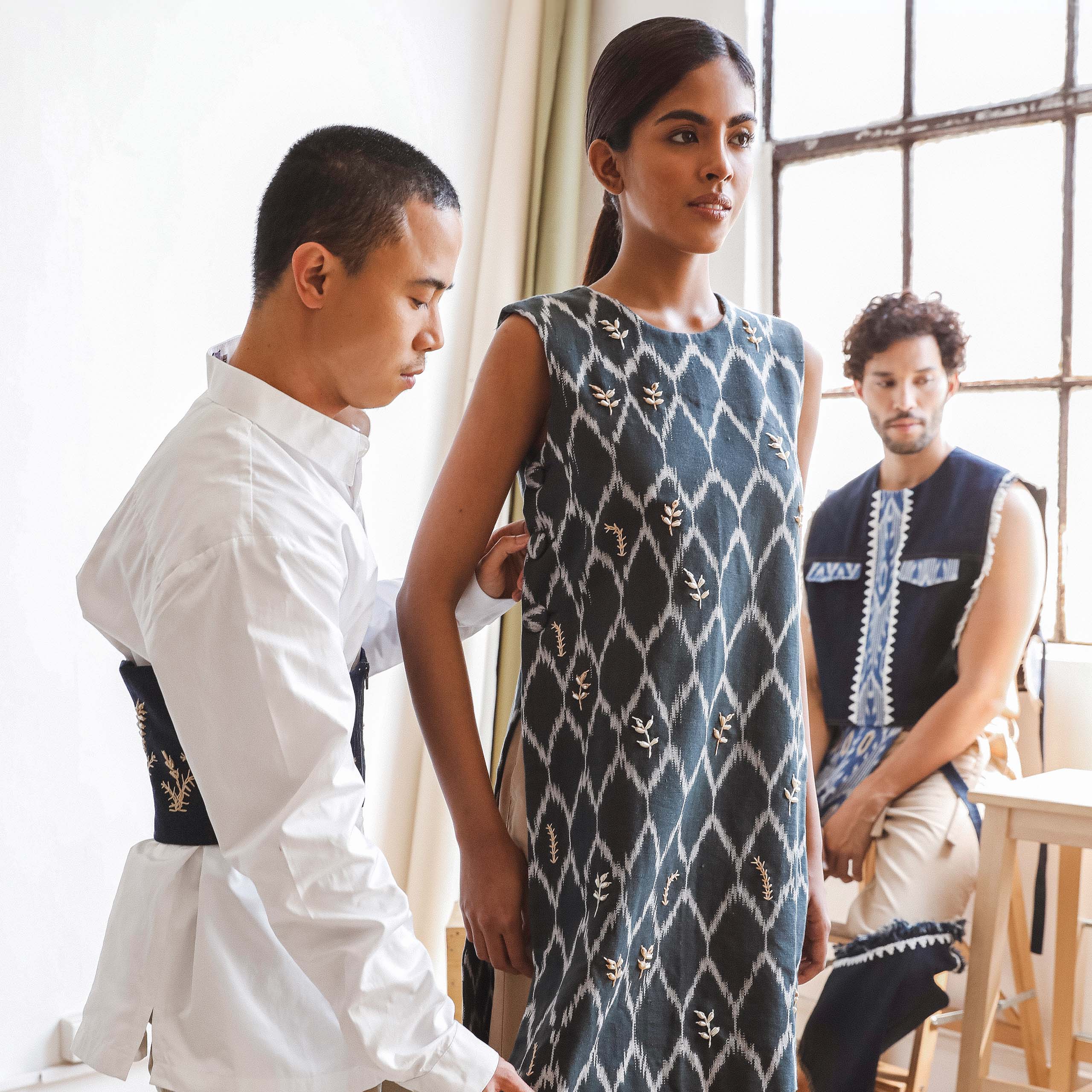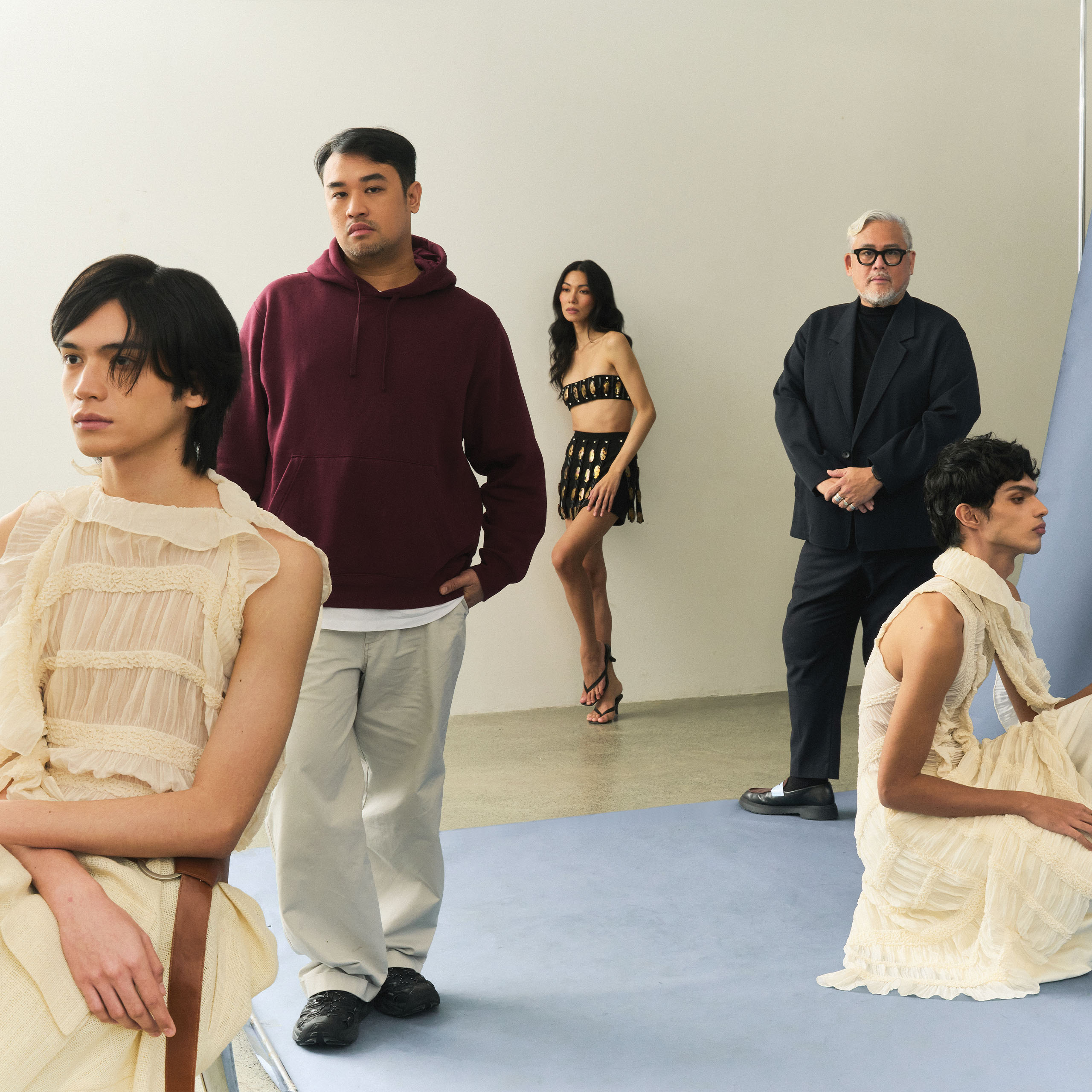With overconsumption once again taking hold, what does it mean for our planet and its people?
This is an excerpt from the MEGA December 2024-January 2025 Fashion Op-Ed
We live in a time where many things can be bought almost instantly and often, quite cheaply. This, coupled with the pressure to be on trend with the latest fad (a lot of it exacerbated by influencer culture), has led to a culture of buy, buy, buy.
Filipinos tend to be culturally maximalist. We like everything loud: our music, our celebrations, our decor, and given the opportunity, our clothes. We like things (and concepts) that are colorful, shiny, and preferably new. We also happen to be, not just the most chronically online country in the world, but also the one that consumes the most video content. All of these dovetail very neatly into today’s consumption culture, where trends seem to shift faster than ever as people’s attention spans get shorter and shorter.

It doesn’t matter that the Philippines is a developing country; the budget-friendly items from manufacturing giants such as China that inundate our e-commerce sites ensure that the latest trends are always within our reach—and delivered to our doorstep, too! It also doesn’t matter that these cheaply made, cheaply bought items wear and tear easily (you get what you pay for, after all). By the time the item breaks, a new fad has come along, so off to the dumpsite the old one goes!
There was a brief period in the early 2010s when minimalism attempted to take hold, most notably through the Japandi aesthetic. Being ecologically conscious became cool. People, ironically, rushed to buy the latest eco- friendly items, not quite understanding that the most eco-friendly thing to do is to keep using what you already own. There was a push for tote bags and ecobags (which becomes just as dangerous and wasteful as plastic when they end up in landfills), metal straws, and bamboo and silicone utensils and dinnerware. The viral image of a plastic straw stuck inside a sea turtle’s nose hastened multiple bans on plastic straws, despite protests from disability groups whose members need plastic bendable straws to drink properly. Recent studies have shown that paper straws and cups are still coated with a layer of plastic to keep them waterproof, and the chemicals used in this process for paper straws in particular can be harmful to the human body. But it doesn’t matter, right? Virtue signaling holds more cache than actually conserving resources.

To wit, I was once at a lunch with a person who, out of the blue, admired the old leather bag I was using. When I thanked them, they immediately pulled out their brand new designer bag made from recycled plastic and proclaimed that they were avoiding leather because it was bad for the environment. I was so appalled that they had the bad grace to disingenuously compliment my bag just so they could draw attention to their “good deed” that I didn’t bother telling them that my bag, which was very old and locally made by a small business, would have used fewer resources and by virtue of its age, would have been more “earth friendly” than their so-called eco-conscious purchase, whose materials were of unknown provenance and which was probably made in a sweatshop somewhere in Asia. That person still likes to announce that they avoid leather, but still has not stopped buying bags.
Many people also use recycling or donation as an excuse for buying more things than they need, even though it’s been proven that not all plastics can or get recycled, and that a lot of donated clothes end up in landfills. Search for “Africa donated clothes landfill” on the internet and you’ll find articles on how donated clothes from the Global North end up in different African countries’ landfills, destroying the continent’s waterways.
And while minimalism may still be the case for public places like hotels, restaurants, and spas, for the most part, private citizens have reverted to a maximalist lifestyle. It can’t be helped. Filipinos love their abubot and anik-anik, the latter recently gaining notoriety as the latest symbol of class war as lower and middle-class people accuse their wealthier counterparts of co-opting what was supposed to be a collection of kitsch acquired throughout one’s lifetime into a mass purchase of whatever toy is trendy at the moment. It’s like the Beanie Babies craze of the 90s all over. What happens when these toys stop being trendy?
Read more on this hot take on Underconsumption in MEGA’s December 2024-January 2025 issue , now available on Readly, Magzter, Press Reader and Zinio.
Images from the MEGA Archive.










